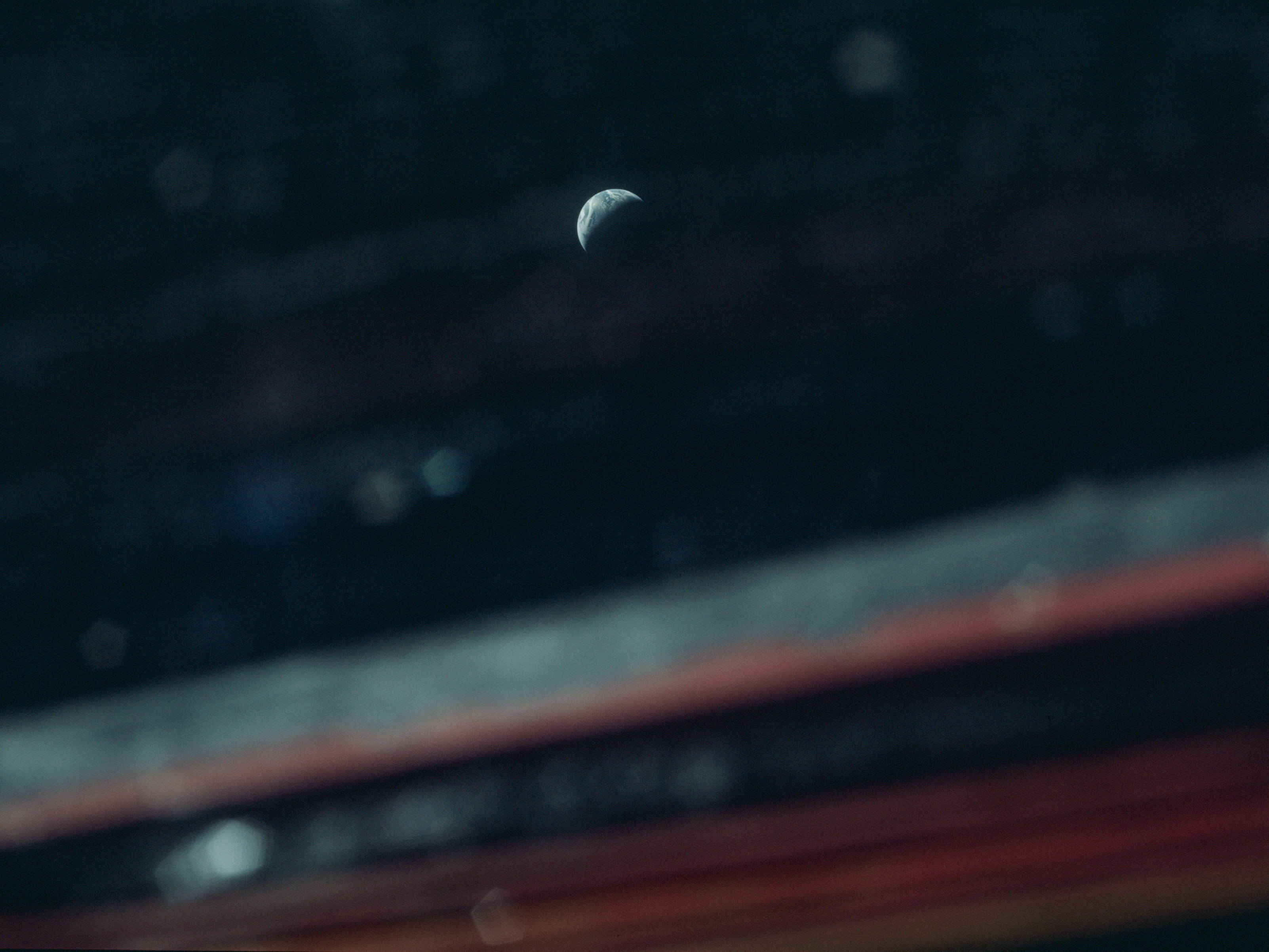In July of 2015, the New Horizons spacecraft unveiled a stunning sight: Pluto. This frozen world exhibits extraordinary complexity, from its diverse terrain to the varied hues painting its surface to its unexpected atmospheric structure. Such features point to ongoing geological activity. Pluto may be cold and tiny, but it is certainly not boring.
Using an adapted photochemical model for Titan and data from New Horizons, my colleagues and I sought to understand how atmospheric physics and chemistry behaves under Pluto's unprecedentedly low temperatures and pressures. Peter Gao and I published a pair of papers, one on Pluto's photochemistry and one on the microphysics of Pluto's fractal aggregate haze.
Image credit: NASA/JHU–APL/SwRI
Further reading:









